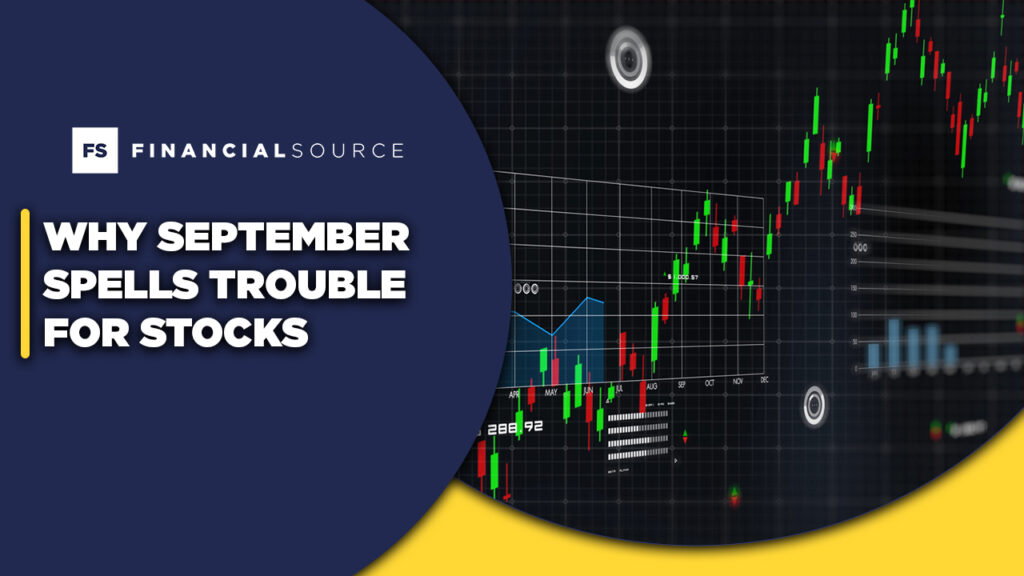Why September Spells Trouble for Stocks

September is known among market participants as the most challenging month for US stocks, and historical data spanning nearly a century backs this claim. For the last 96 years, the S&P 500 has consistently underperformed during September, a pattern that’s been especially evident over the past decade in the Nasdaq as well. The tech-heavy Nasdaq index has seen significant drops in past Septembers—up to 10% in some years—reflecting broader market volatility during this time.
This year is proving to be no exception. Already, we’ve seen the S&P 500 fall by over 2% and the Nasdaq drop by more than 3% just this month. Tech stocks, which were high-flyers earlier in the year, are being hit hard—Nvidia, one of the key drivers of the tech rally, has lost nearly 10% of its value in recent days. This comes amid rising concerns about global growth, inflation, and ongoing geopolitical tensions, all of which are contributing to market jitters.
But while September has a notorious reputation, it’s important to maintain perspective. Historically, while September is marked by volatility and sell-offs, it’s often followed by buying opportunities, particularly as market sentiment begins to stabilize. A key factor that could support a rebound is the Federal Reserve’s continued dovish stance on interest rates. As long as the Fed signals willingness to cut rates, investors may find attractive entry points amid the current sell-off. This could help cushion some of the downward pressure and lead to renewed strength in the equity markets as we move into the final quarter of the year.
For now, the volatility we’re seeing is likely to continue as the market processes a number of key economic data points, mainly UIS labour data prints, and the broader macro environment. Investors should be cautious but also watchful for opportunities to buy during dips as t’s often the longer-term outlook, influenced by central bank policy and broader economic trends, that will shape the markets as we exit this difficult month.